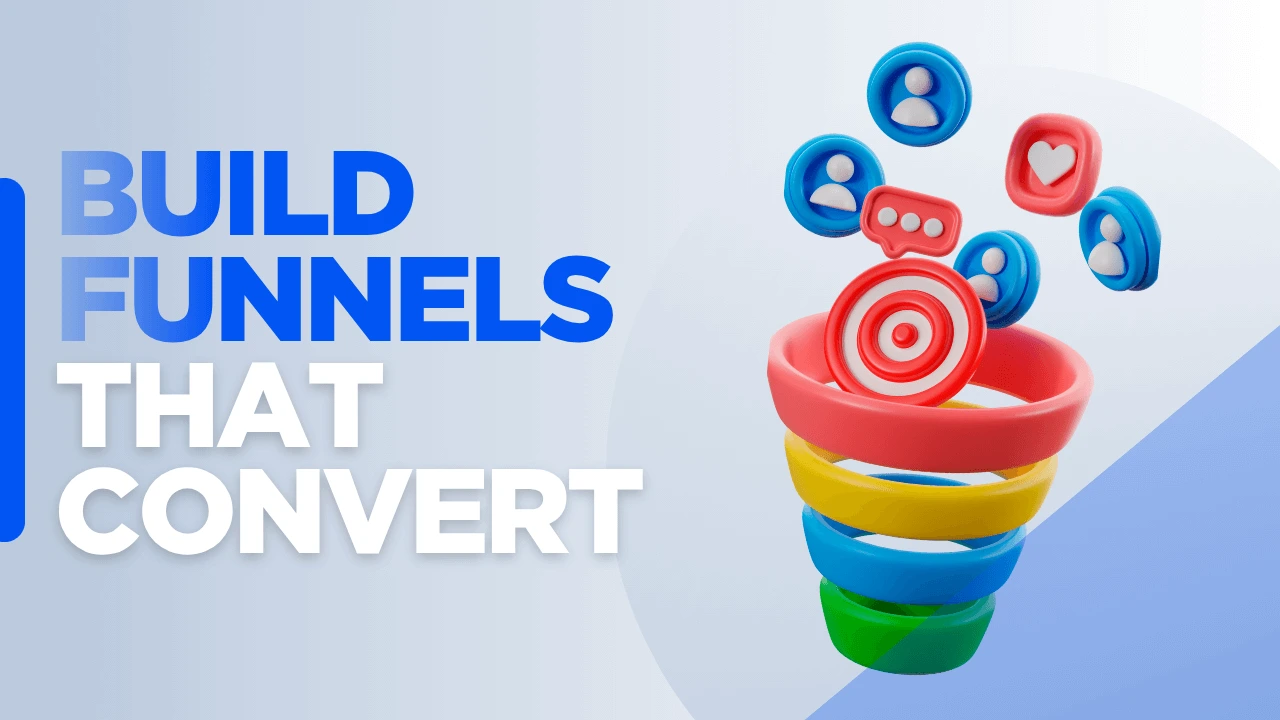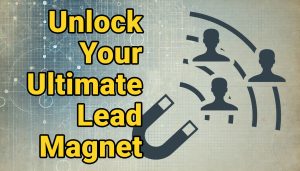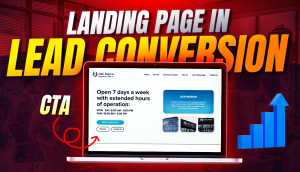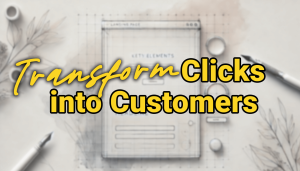Write Copy That Moves Prospects Through the Funnel
Want more conversions from the traffic you’re already getting? Then stop treating sales as a one-and-done interaction and start thinking in terms of systems. A strong sales funnel copywriting strategy isn’t just helpful—it’s essential if you want to turn awareness into action and clicks into customers.
The best marketing teams understand this. They don’t rely on a single high-performing ad or a flashy sales page. They build well-sequenced funnels that guide prospects through a journey—from first impression to final purchase and beyond. And they rely on copywriters and strategists who know how to connect each piece.
Here’s how to build a funnel that does just that—and why understanding this process is one of the most valuable skills you can bring to any campaign.
Why a Sales Funnel Copywriting Strategy Is So Important
Your funnel is more than just a flowchart—it’s the engine behind your marketing results. Whether you’re running paid campaigns, nurturing leads through email, or scaling a digital offer, the structure of your funnel determines how many prospects become customers.
Funnels Convert Attention Into Action
Grabbing attention isn’t the hard part anymore—keeping it is. A strong funnel turns fleeting clicks into meaningful engagement by giving people a clear path forward.
Every stage has a purpose:
-
Top of Funnel (TOFU): Attract traffic and build awareness.
-
Middle of Funnel (MOFU): Nurture leads, build trust, and clarify the value.
-
Bottom of Funnel (BOFU): Present offers, overcome objections, and drive conversions.
If your funnel is missing a stage—or if the copy isn’t aligned with where your audience is in their journey—you’re leaving revenue on the table.
Why a Sales Funnel Copywriting Strategy Is Built to Scale
The right sales funnel lets you grow your business without relying on one-off campaigns. It gives you a repeatable system to attract, engage, and convert leads consistently—regardless of budget or offer.
Core Components of a Strong Sales Funnel Copywriting Strategy
Every funnel is different, but the foundational structure remains the same. If you want your funnel to perform, build these five key components—and write each with strategic intent.
1. Paid Ads or Organic Discovery (Awareness)
The funnel begins when someone first discovers you. Whether through paid ads, search results, or content, your copy here must stop the scroll and spark curiosity. Craft headlines and hooks that resonate directly with the pain points or goals of your ideal audience. Don’t aim to sell—aim to earn the next click.
2. Landing Page (Interest)
Drive that initial traffic to a focused landing page. Your goal here isn’t to sell the final product—it’s to get a micro-conversion, usually an email address, in exchange for something valuable (like a guide, training, or checklist). Keep the message clear, the call-to-action strong, and the page distraction-free.
3. Sales Page (Desire)
Once your prospect has shown interest, it’s time to present your core offer. This is where you build real desire. Write copy that clearly articulates the benefits, removes friction, and addresses key objections. Use testimonials, examples, and outcomes to add proof. Every section should pull the reader closer to a “yes.”
4. Indoctrination Emails (Trust)
Most leads won’t convert immediately—and that’s okay. Follow up with an email sequence that builds trust. Tell your brand story, share values, and offer helpful, relevant insights. The goal is to show that you understand your audience and are uniquely positioned to help them.
5. Sales Emails (Action)
Finally, use sales emails to close the gap. Structure your sequence to guide the reader back to your offer with fresh angles. Include:
-
A product introduction
-
A deeper dive into benefits
-
Proof points and case studies
-
Incentives or urgency
-
Answers to common objections
Link back to your sales page in every message. This isn’t about repeating yourself—it’s about giving your prospect multiple chances to say yes.
Strong Funnels Don’t Leak
Even the best offers won’t convert if your funnel has gaps. Every dropped click or unopened email is a potential lost sale. That’s why great marketers treat funnels as ongoing systems—not one-time builds.
Use metrics to evaluate each part:
-
Are your ads getting clicks?
-
Is your landing page converting traffic into leads?
-
Are your emails getting opened, read, and clicked?
-
Is your sales page closing?
If something isn’t working, revise the message, retest the hook, or rebuild the offer structure. Optimization is an ongoing process—but the reward is predictable, scalable results.
Don’t Just Write Copy. Build a System That Sells.
Understanding how a sales funnel works makes your marketing strategy sharper—and your copy more effective. Whether you’re a business owner or a creative professional, knowing how to connect the dots between each stage of the funnel will set you apart.
So don’t just write to impress—write to convert. Create each piece of your funnel with purpose, and you’ll create more than just content. You’ll create momentum that drives real business growth.




